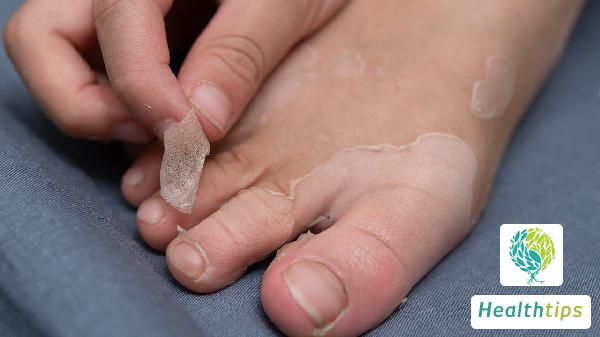What are the Types and Functions of Anti-Inflammatory Drugs?

The types of anti-inflammatory drugs are divided into anti-tuberculosis drugs, antibiotics, antifungal drugs, antiparasitic drugs, etc. According to chemical types, they mainly include seven categories, including internal use drugs and external use drugs. Anti-inflammatory drugs mainly play roles in antibacterial, antifungal, anti-tuberculosis, antiparasitic, and antiviral functions.
Based on chemical types, anti-inflammatory drugs can be divided into seven categories: penicillin, aminoglycosides, tetracyclines, quinolones, cephalosporins, macrolides, and sulfonamides. Internal use drugs include: amoxicillin, azithromycin, roxithromycin, norfloxacin, oxytetracycline, tetracycline, etc. External use drugs include: erythromycin ointment (eye ointment), chloramphenicol eye ointment, Bactroban ointment, etc.
1. Penicillin class. It is suitable for respiratory tract, urinary and reproductive tract infections, skin and soft tissue infections, etc. The main advantages of penicillin drugs are strong bactericidal effect, fewer toxic and side effects, safe use for pregnant women and children, and no impact on liver function.
2. Aminoglycosides. They have good bactericidal effects on Gram-negative bacilli and are suitable for lower respiratory tract, urinary tract, intestinal infections, etc. Among them, netilmicin has strong antibacterial activity and low ear and kidney toxicity. Streptomycin is now mainly used to treat tuberculosis. Spectinomycin can be used to treat gonorrhea.
3. Cephalosporins. It is suitable for respiratory tract, urinary and reproductive tract infections, skin and soft tissue infections, etc. The fourth-generation cephalosporins are superior to the first three generations in terms of their special mode of action and broad antibacterial spectrum. Due to the low possibility of cross-allergy with penicillin, they can be used for patients allergic to penicillin. Currently, the useful cephalosporins available on the market are cefepime and cefpirome.



















